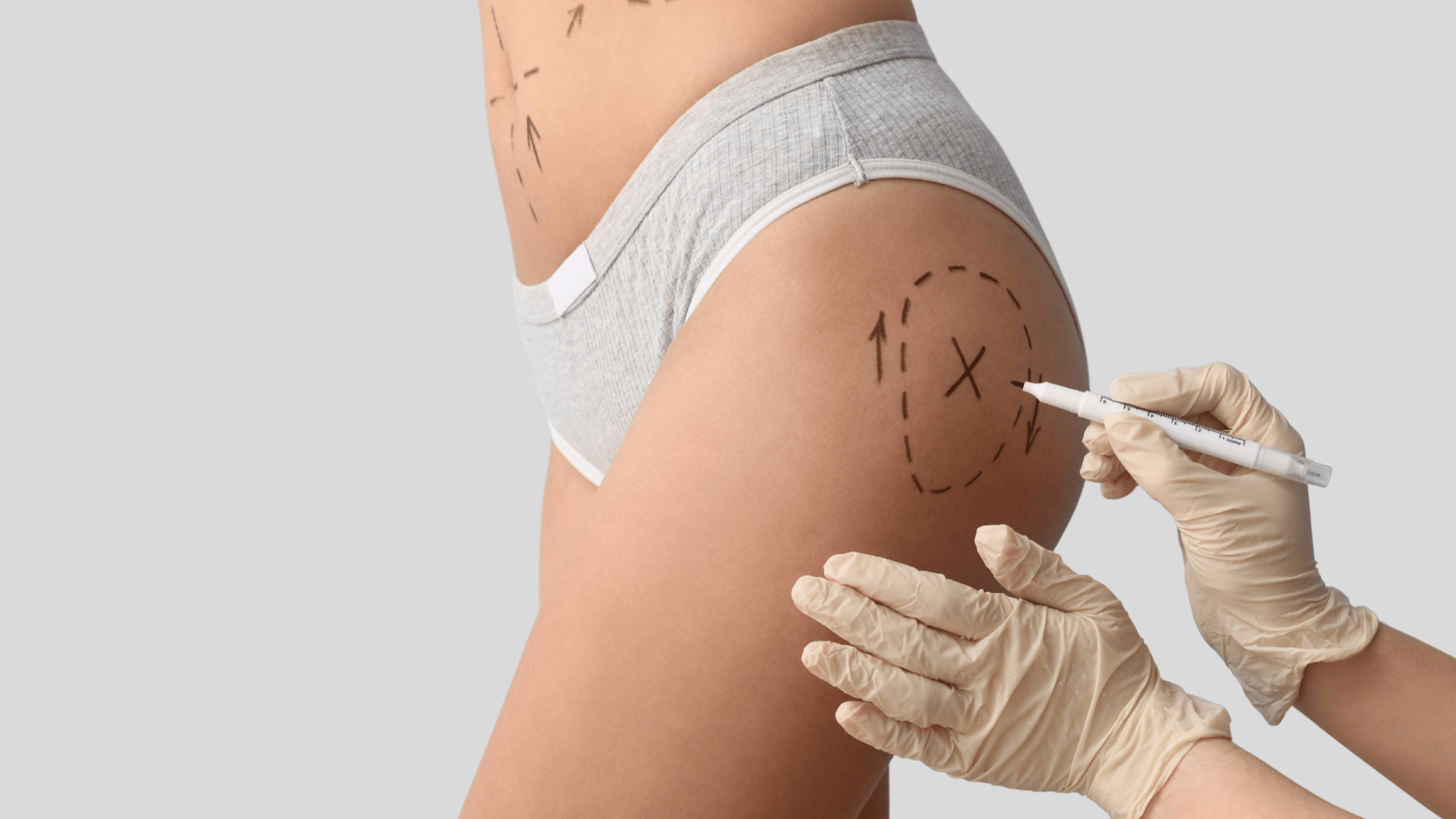How Much Fat Can Be Removed? (And What You Need to Know)
Liposuction is a popular cosmetic procedure designed to sculpt and refine body contours by removing excess fat deposits. If you're considering liposuction, you're likely wondering: just how much fat can be removed? The answer isn't a simple number, and this blog post will break down the factors that influence fat removal during liposuction, helping you understand what's realistic and safe.
(Include an engaging image or video here showcasing before & after photos of liposuction, or a graphic explaining the procedure.)
Understanding Liposuction: It's Not About Weight Loss
It's crucial to understand that liposuction is not a weight-loss solution. It's a body contouring procedure. While you will experience some weight loss, the primary goal is to reshape specific areas, not to significantly reduce your overall body weight. Think of it as fine-tuning your silhouette, not a replacement for diet and exercise.
So, How Much Fat Can Be Removed?
The amount of fat removed during liposuction is typically measured in liters or cubic centimeters (cc's). While there's no strict upper limit set in stone, surgeons generally adhere to safe guidelines to minimize risks.
- Generally, a healthy range is between 2-5 liters (or 2,000-5,000 cc's) of fat. In some cases, with healthy patients and experienced surgeons, this may be slightly higher.
- Large-volume liposuction, involving more than 5 liters, carries increased risks and should only be performed by highly skilled surgeons with appropriate facilities.
Factors Influencing Fat Removal:
Several factors play a role in determining how much fat can be safely removed:
- Patient's Overall Health: Good overall health is paramount. Underlying medical conditions can limit the amount of fat that can be safely removed.
- Body Mass Index (BMI): Patients with a higher BMI may have more fat removed, but the focus remains on contouring, not weight loss. There are also BMI limits for liposuction.
- Target Areas: The number and size of the areas being treated influence the total amount of fat removed.
- Surgeon's Expertise: A skilled and experienced surgeon will prioritize patient safety and realistic outcomes.
- Type of Liposuction: Different liposuction techniques (e.g., tumescent, ultrasound-assisted, laser-assisted) may allow for varying amounts of fat removal.
What Happens During the Procedure?
During liposuction, small incisions are made in the targeted areas. A cannula (a thin tube) is inserted, and fat is suctioned out. The surgeon carefully sculpts the area to achieve the desired contour.
(Include an image or short video demonstrating the liposuction procedure – be mindful of graphic content and ensure it's appropriate for your audience.)
What to Expect After Liposuction:
- Swelling and Bruising: These are normal and will subside over time.
- Discomfort: Pain medication can help manage discomfort.
- Compression Garments: Wearing compression garments is essential for reducing swelling and supporting healing.
- Results: Initial results may be visible soon after surgery, but final results can take several months to appear as swelling subsides.
Liposuction Fat Removal FAQs:
- Is liposuction a weight-loss procedure? No, it's a body contouring procedure.
- How much fat can be removed safely? Generally, 2-5 liters, but this varies based on individual factors.
- What are the risks of large-volume liposuction? Increased risks of complications, including fluid imbalances and blood clots.
- Will I see results immediately? Some initial results are visible soon after, but final results take time.
- How long is recovery? Recovery time varies, but generally, expect several weeks.
- Is liposuction permanent? Fat cells removed are gone, but remaining cells can still grow or shrink with weight fluctuations.
- Does liposuction hurt? You'll likely experience some discomfort, which can be managed with medication.
- How much does liposuction cost? The cost varies depending on the areas treated, the surgeon's fees, and other factors. Consult with a board-certified plastic surgeon for a personalized quote.
- Am I a good candidate for liposuction? A consultation with a board-certified plastic surgeon is the best way to determine your candidacy.
- What type of anesthesia is used during liposuction? This depends on the extent of the procedure and patient preference, but options include local anesthesia with sedation, general anesthesia, or tumescent anesthesia.
- When can I return to normal activities after liposuction? This depends on the extent of the procedure and your individual healing process. Most people can return to light activities within a few days, but strenuous exercise may need to wait several weeks.
- Are there any specific pre-op preparations I need to make? Your surgeon will provide specific instructions, but generally, you'll need to be in good health, avoid certain medications, and possibly undergo some medical tests.
- What can I do to optimize my liposuction results? Maintaining a stable weight after the procedure is crucial. A healthy lifestyle with diet and exercise can help you maintain your new contours.
Choosing the Right Surgeon:
Selecting a board-certified plastic surgeon with extensive experience in liposuction is paramount. They will assess your individual needs, discuss realistic expectations, and prioritize your safety.
Conclusion:
Liposuction can be a highly effective procedure for achieving your desired body contours. Understanding the factors involved in fat removal and choosing a qualified surgeon are essential for a safe and successful outcome. Remember to consult with a board-certified plastic surgeon to discuss your specific goals and determine if liposuction is right for you.

